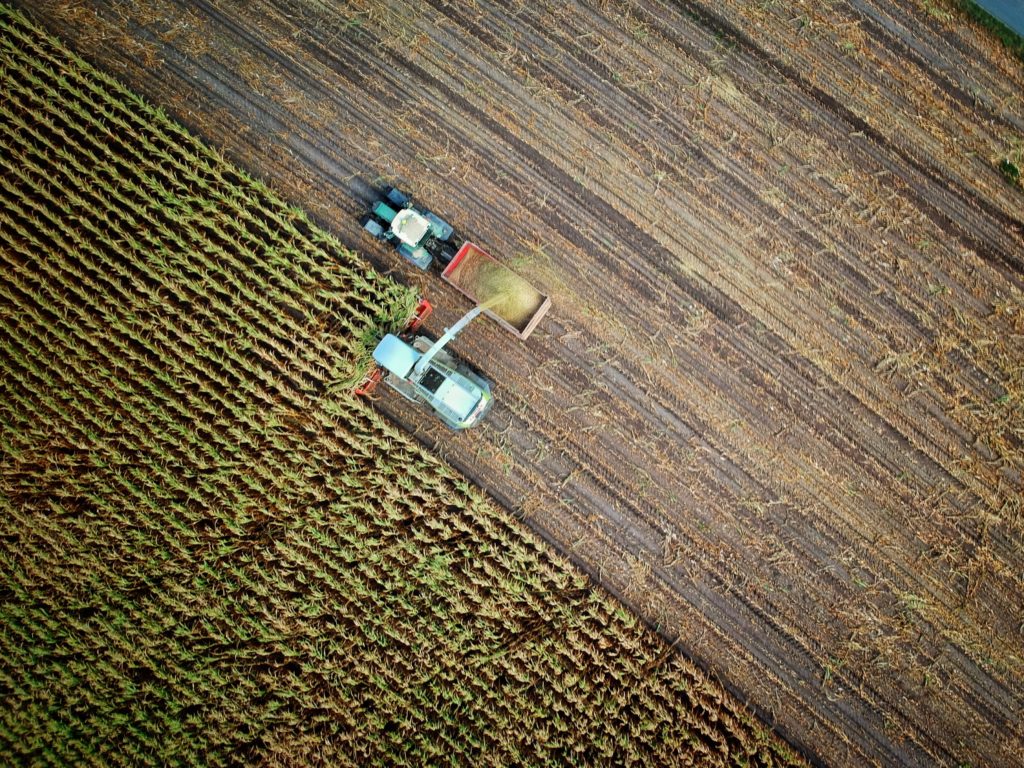We have a complex global system, where what we eat is often produced somewhere far away from our own kitchen. According to the OECD, agriculture is responsible for 17% of the greenhouse gas emissions that cause climate change, and land use change accounts for another 7-14% (when we cut down forest to make more room for agriculture). Other sources offer even higher numbers. So if at least one fifth of our emissions come from the food that we eat, we have reasons to carefully consider what we put on our plates.

Our diets are a hard nut to crack, because there’s no one time fix that can set us on the right track for the long run. We need to continuously make good choices, and it can be very hard to know what is actually the right thing to eat. Should you go for the local produce from a greenhouse, or the organic that has grown in the sun, but been shipped here?
In this post, we aim to give a few good indications, which should serve as general guidelines.
Reduce the amount of red meat
The one, big adjustment that you can do that makes a significant change to the carbon footprint of your diet is to reduce the amount of red meat. The less meat, the better for the planet. If you are going to have a treat, make sure that the meat is high quality, and avoid meat from Brazil (where the rain forest is pillaged to make room for cattle).
A heavy meat diet (more than 100g per day) has a carbon footprint of 2,62 tonnes per year. By reducing to a low meat diet (less than 50g per day) where you can still enjoy your occasional treats, but restrict the everyday consumption, you can come down to 1,70 tonnes. This reduction is equivalent to driving over 6000 km in an average diesel car! Average mileage for a car in the EU is 12 000 km per year.

Fish is a better alternative
Cutting out meat completely but still eating fish is referred to as a pescetarian diet. This reduces the carbon footprint even further, to 1,42 tonnes per year. Given that fish and seafood has relatively low carbon footprint, the difference between this diet and a vegetarian one is actually not that big – vegetarians are 1,39 tonnes per year. It is worth noting that fisheries have other environmental side effects (over fishing and disruption of ecosystems), but specifically in terms of climate, fish is not the bad guy!
However, climate conscious vegetarians still want to be mindful about their dairy consumption – the difference between a vegetarian (no meat, fish) and a vegan (no meat, fish, dairy, eggs) is significant, and can take you from 1,39 to 1,05 tonnes. This is because the dairy cows emit greenhouse gases, especially methane.
Throwing food away is the most wasteful alternative
Last but not least – do not waste. If you happen to cook more than you want to eat – put it in the fridge for later. If a banana goes brown, put it in a smoothie. So much food is wasted, that the FAO estimated that a whopping whole third of all food produced is thrown away along the chain. Much of that happens before it reaches the consumer, but we can definitely be mindful not to contribute to the enormous amount of waste.

These are the main things to keep in mind to make your diet more climate-friendly. Other factors to consider is transport, but even so, the carbon footprint of 100g of protein from tofu is 2 kg, whereas 100g of beef protein is 50 kg. You can transport that tofu anywhere in the world and never reach the carbon footprint of beef. For those who are keen to look into details, we recommend the 2019 paper by Poore and Nemecek, Reducing food’s environmental impacts through producers and consumers.
As an end note, we see that the climate impact from an average diet in the US is much higher than the average diet in India. Apart from ingredients, these differences also depend on portion size. Needless to say, no one should go to bed hungry. We encourage healthy diets, and emphasize that our caloric needs vary greatly from person to person. The climate can supply us all with the quantities we need.
The carbon footprint values for the general diets come from a 2014 paper by Scarborough et al, Dietary greenhouse gas emissions of meat-eaters, fish-eaters, vegetarians and vegans in the UK. These are to be seen as general estimates, noting that there are variations within the diets.
Curious to know more about your carbon footprint? Read the other posts in this series:
Me and my carbon footprint
What is a “carbon footprint”?
The carbon footprint of a home
The carbon footprint of a diet
The carbon footprint of our traveling
The carbon footprint of long distance traveling
The carbon footprint of shopping
The carbon footprint of public consumption
Or go to www.goclimate.com to calculate your carbon footprint now!